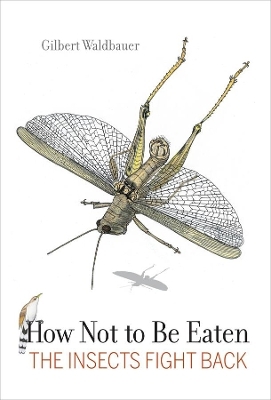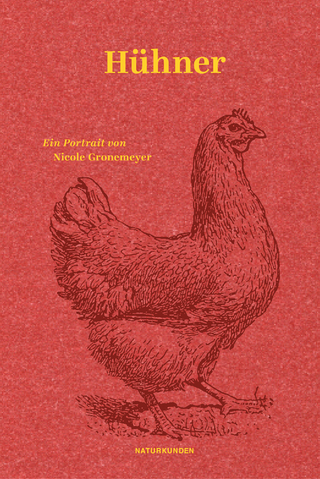
How Not to Be Eaten
The Insects Fight Back
Seiten
2021
University of California Press (Verlag)
978-0-520-38300-5 (ISBN)
University of California Press (Verlag)
978-0-520-38300-5 (ISBN)
“At times this informative book turns wonderfully gross and lovely, reminding us that there’s an entire universe of largely unnoticed creatures all around us.”—Audubon
All animals must eat. But who eats who, and why, or why not? Because insects outnumber and collectively outweigh all other animals combined, they comprise the largest amount of animal food available for potential consumption. How do they avoid being eaten? From masterful disguises to physical and chemical lures and traps, predatory insects have devised ingenious and bizarre methods of finding food. Equally ingenious are the means of hiding, mimicry, escape, and defense waged by prospective prey in order to stay alive. This absorbing book demonstrates that the relationship between the eaten and the eater is a central—perhaps the central—aspect of what goes on in the community of organisms. By explaining the many ways in which insects avoid becoming a meal for a predator, and the ways in which predators evade their defensive strategies, Gilbert Waldbauer conveys an essential understanding of the unrelenting coevolutionary forces at work in the world around us.
All animals must eat. But who eats who, and why, or why not? Because insects outnumber and collectively outweigh all other animals combined, they comprise the largest amount of animal food available for potential consumption. How do they avoid being eaten? From masterful disguises to physical and chemical lures and traps, predatory insects have devised ingenious and bizarre methods of finding food. Equally ingenious are the means of hiding, mimicry, escape, and defense waged by prospective prey in order to stay alive. This absorbing book demonstrates that the relationship between the eaten and the eater is a central—perhaps the central—aspect of what goes on in the community of organisms. By explaining the many ways in which insects avoid becoming a meal for a predator, and the ways in which predators evade their defensive strategies, Gilbert Waldbauer conveys an essential understanding of the unrelenting coevolutionary forces at work in the world around us.
Gilbert Waldbauer is Professor Emeritus of Entomology at University of Illinois. He is the author of eight books, including Fireflies, Honey, and Silk (UC Press), A Walk around the Pond, and What Good Are Bugs?
Prologue
Acknowledgments
1. Insects in the Web of Life
2. The Eaters of Insects
3. Fleeing and Staying under Cover
4. Hiding in Plain Sight
5. Bird Dropping Mimicry and Other Disguises
6. Flash Colors and Eyespots
7. Safety in Numbers
8. Defensive Weapons and Warning Signals
9. The Predators’ Countermeasures
10. Protection by Deception
Epilogue
Selected References
Index
| Erscheinungsdatum | 17.06.2021 |
|---|---|
| Illustrationen | James Nardi |
| Zusatzinfo | 10 b-w line illustrations |
| Verlagsort | Berkerley |
| Sprache | englisch |
| Maße | 152 x 229 mm |
| Gewicht | 318 g |
| Themenwelt | Sachbuch/Ratgeber ► Natur / Technik ► Naturführer |
| ISBN-10 | 0-520-38300-1 / 0520383001 |
| ISBN-13 | 978-0-520-38300-5 / 9780520383005 |
| Zustand | Neuware |
| Haben Sie eine Frage zum Produkt? |
Mehr entdecken
aus dem Bereich
aus dem Bereich
Buch | Hardcover (2019)
Quelle & Meyer (Verlag)
39,95 €
Botanik, Ethnopharmakologie und Anwendung
Buch | Hardcover (2022)
at Verlag
139,00 €


